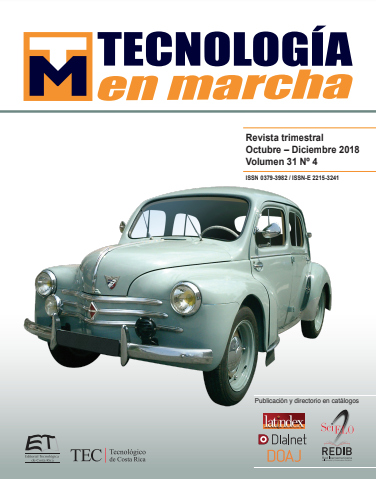Comparative study of drinking-water coverage between Panama and Costa Rica
Main Article Content
Abstract
A comparative analysis of drinking-water coverage in Panama and Costa Rica, as well as their relationship with the public health indicators was carried out. The aim was to identify the strengths and weaknesses in both countries, in order to establish medium and long term goals. In 2016, 94.6% of Panama’s population had access to drinking-water through pipework, and 74.6% received potable drinking-water, more likely within the urban area. There are no records of drinking-water quality supplied by the 5,619 aqueducts from the countryside, because the legal regulation (Reglamento Técnico DGNTI-COPANIT 23-395-99) has not been applied for these type of aqueducts. In Costa Rica, 97.6% of the population had access to drinking-water through pipework in 2016, and 91.8% received potable drinking-water distributed across urban areas (98 % received potable drinking-water) and the countryside (78.8% received potable drinking-water). Basic health and development indicators are better in Costa Rica than in Panama. In both countries, the rectory is week and fractioned. As a result, national drinking-water policies have been proposed that seek to achieve universal access for the year 2030. The study proposes the elaboration of national policies in the drinking-water sector, that aim to achieve universal access of water supply in Panamá and Costa Rica for the year 2030.
Article Details
Los autores conservan los derechos de autor y ceden a la revista el derecho de la primera publicación y pueda editarlo, reproducirlo, distribuirlo, exhibirlo y comunicarlo en el país y en el extranjero mediante medios impresos y electrónicos. Asimismo, asumen el compromiso sobre cualquier litigio o reclamación relacionada con derechos de propiedad intelectual, exonerando de responsabilidad a la Editorial Tecnológica de Costa Rica. Además, se establece que los autores pueden realizar otros acuerdos contractuales independientes y adicionales para la distribución no exclusiva de la versión del artículo publicado en esta revista (p. ej., incluirlo en un repositorio institucional o publicarlo en un libro) siempre que indiquen claramente que el trabajo se publicó por primera vez en esta revista.

